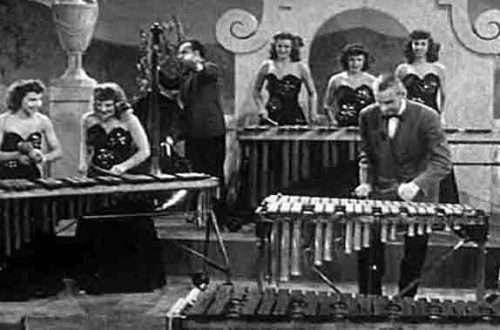Strict and free style in polyphony
Polyphony is a type of polyphony based on the combination and simultaneous development of two or more independent melodies. In polyphony, in the process of its development, two styles were formed and developed: strict and free.
Strict style or strict writing in polyphony
The strict style was perfected in vocal and choral music of the 15th–16th centuries (although polyphony itself, of course, arose much earlier). This means that the specific structure of the melody depended to a greater extent on the capabilities of the human voice.
The range of the melody was determined by the tessitura of the voice for which the music was intended (usually the range did not exceed the duodecimus interval). Here, jumps on minor and major sevenths, reduced and increased intervals, which were considered inconvenient for singing, were excluded. The melodic development was dominated by smooth and stepwise movement on a diatonic scale basis.
Under these conditions, the rhythmic organization of the structure becomes of primary importance. Thus, rhythmic diversity in a number of works is the only driving force of musical development.
Representatives of strict style polyphony are, for example, O. Lasso and G. Palestrina.
Free style or free writing in polyphony
The free style in polyphony developed in vocal-instrumental and instrumental music starting from the 17th century. From here, that is, from the possibilities of instrumental music, comes the free and relaxed sound of the melody theme, since it no longer depends on the range of the singing voice.
Unlike the strict style, large interval jumps are allowed here. A large selection of rhythmic units, as well as the widespread use of chromatic and altered sounds – all this in polyphony distinguishes the free style from the strict one.
The work of the famous composers Bach and Handel is the pinnacle of free style in polyphony. Almost all later composers followed the same path, for example, Mozart and Beethoven, Glinka and Tchaikovsky, Shostakovich (by the way, he also experimented with strict polyphony) and Shchedrin.
So, let’s try to compare these 2 styles:
- If in a strict style the theme is neutral and difficult to remember, then in a free style the theme is a bright melody that is easy to remember.
- If the technique of strict writing affected mainly vocal music, then in the free style the genres are diverse: both from the field of instrumental music and from the field of vocal-instrumental music.
- Music in strict polyphonic writing in its modal basis relied on ancient church modes, and in free polyphonic writing composers operate with might and main on the more centralized major and minor with their harmonic patterns.
- If the strict style is characterized by functional uncertainty and clarity comes exclusively in cadences, then in the free style the certainty in harmonic functions is clearly expressed.
In the 17th–18th centuries, composers continued to widely use the forms of the strict style era. These are motet, variations (including those based on ostinato), ricercar, various kinds of imitative forms of chorale. Free style includes fugue, as well as numerous forms in which polyphonic presentation interacts with homophonic structure.




